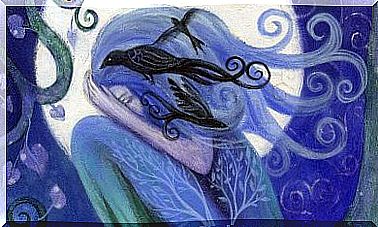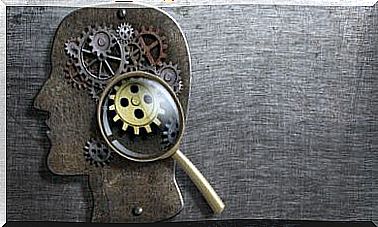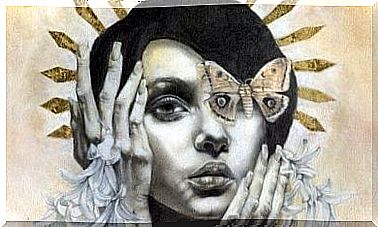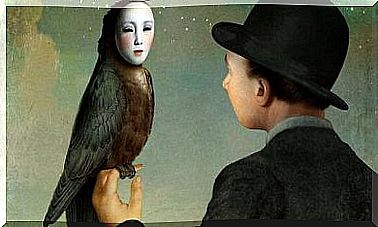Knitting: The Therapeutic Power Of Weaving Yarns
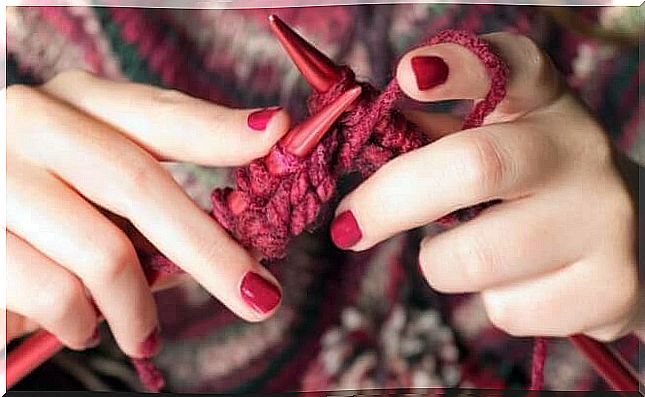
Knitting is an ancient activity that remains intact to this day. Although for most of human history it has been regarded as a job for women, today more and more men are also engaged in this craft. That is why it is not uncommon to find children, young people, adults and seniors, of two genders, learning this art.
Several studies have shown that this manual work has therapeutic effects for those who practice it. Knitting develops motor skills, encourages concentration, and creates an environment conducive to relaxation and meditation. In addition, this is the basis for building another type of fabric: the social fabric, as it serves as a binding element between people who carry out the same group activity.
The relationship that emerges between weavers is so strong that in many countries it is called “wool therapy”. These groups of people come together to knit and create, learn about techniques, materials, fabric types and patterns. But also to de-stress, weave stories, share experiences and smile for life.
The act of knitting improves our mood
Knitting is an activity we can do anywhere. If we do it alone, we simultaneously enter a state of introspection, reflect, meditate on our deepest thoughts and enjoy them. If we carry out this activity in a group, we bond, make new friends and foster sociability. In either case, our brain releases endorphins, which relax us and create a sense of well-being.
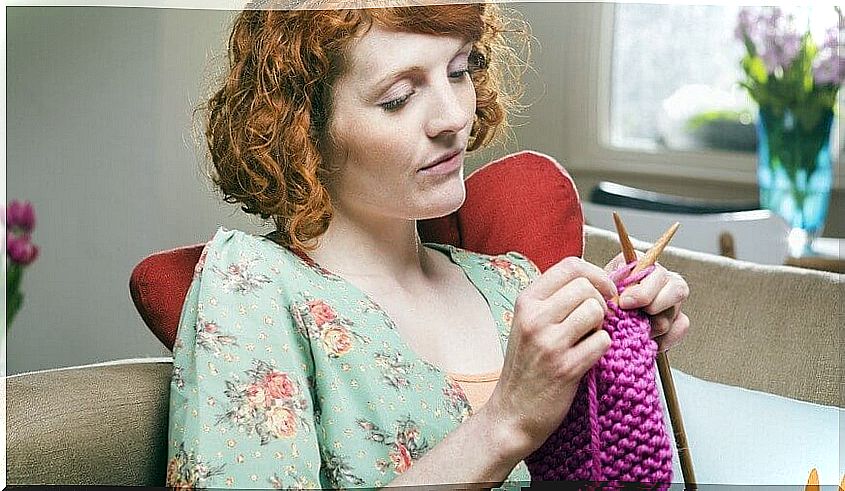
Studies in the field of neuroscience conclude that the action of knitting significantly improves brain coordination and concentration. They add that both increase as the degree of tissue complexity increases. Furthermore, this activity contributes in a revealing way for people with mobility problems or disabilities.
The exercise of knitting improves our mobility. It is useful for people who suffer from a disability as a result of an injury, surgery, or as a consequence of an illness such as osteoarthritis, arthritis, or carpal tunnel syndrome.
In these cases, if the pain is not completely eliminated because of the activity, it is considerably reduced. On the other hand, knitting develops fine motor mobility in children, which results in an increase in manual skills and a notable improvement in their writing.
Knitting relaxes and reduces stress. In an age as troubled as the present, where no one ever has time for what’s really important, doing this activity has been like a re-engineering process with mental health benefits.
Knitting stimulates creativity
Any manual activity contributes positively in the psychological area. These are practices that stimulate both creativity and imagination. In the case of fabric, it means entering a universe of sensations: the texture, color, smell, softness and warmth of wool exert a positive influence on our mind. For this reason, during the exercise of this activity, it is possible to overcome losses and solve problems.
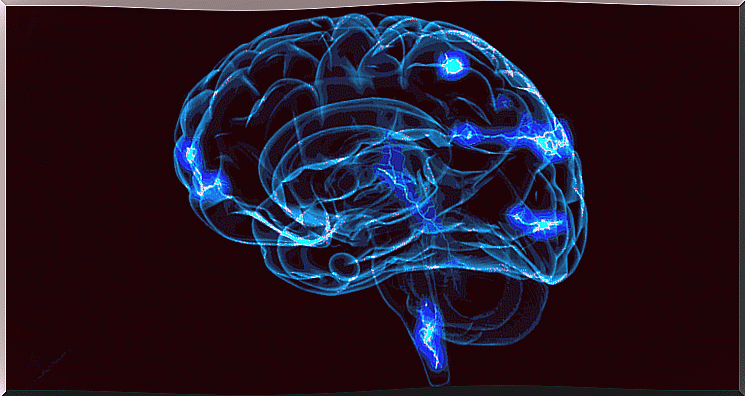
Knitting is not a simple hobby, it involves setting goals and achieving goals. Each achievement achieved, however insignificant it may seem, is rewarding. What comes later can only bring us pleasure, such as when we present a family member or someone close to us with what we have prepared for him/her with love.
In a recent study, it was discovered that there are currently over thirty-five million people with dementia in the world. It is estimated that for the year 2050, this number will triple. Scientists from various fields recommend carrying out manual activities such as knitting to combat the onset of this debilitating disease.
There’s something about knitting that makes us think it’s possible to do what we need to do, even when it’s difficult, the notion of time disappears. We forget about ourselves and feel that we are part of something much bigger. It is in this fluidity of mind that the secret of happiness largely rests.
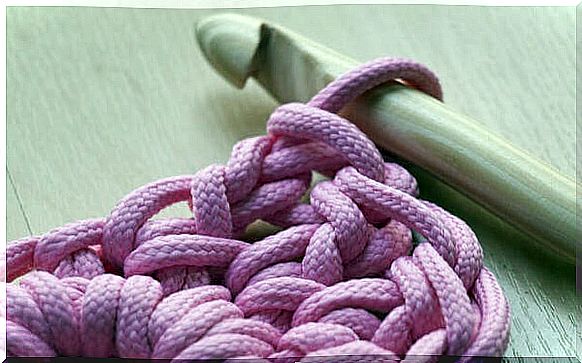
Images courtesy of Sanna’s Knit.

